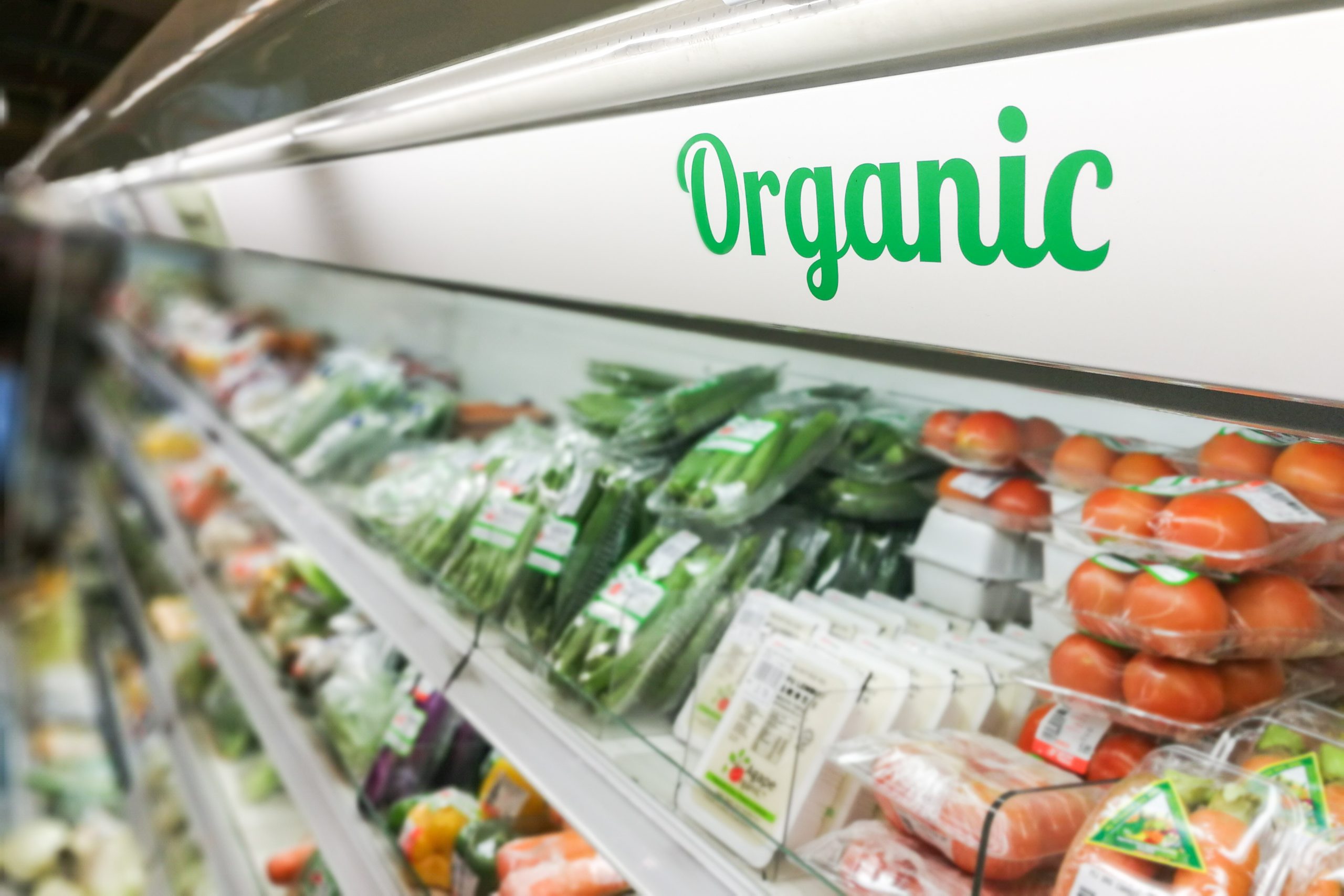The European Commission recently announced that it would expand financial and policy support to help Europe’s farmers transition 25% of their farmland—about 114 million acres—to organic by 2030. EU farmers will receive financial support to adopt organic practices. EU policy makers see organic production as a way to help mitigate climate change as well as protecting biodiversity.
Across the pond in the U.S., this begs the question: If Europe can set such a goal to expand organic farming, why can’t the U.S.?
Organic farmland accounts for only about 1% of total U.S. farmland, or about 3 million acres. Yet, organic remains the fastest-growing segment of the U.S. food industry with a growth rate of 4.6% from 2019 to 2020. This has been even more clear during the COVID-19 pandemic when sales of organic food have accelerated. The Organic Produce Network reported a 14% increase in sales of organic produce in 2020 compared to 2019. Organic food company executives reported strong sales of their products during the pandemic as we reported in the September/October issue of The Organic & Non-GMO Report.
The problem is that the demand for organic food is greater than the supply of organic crops and ingredients in the U.S. This has forced U.S. organic food companies, particularly poultry producers, to import organic feed crops such as corn and soybeans from other countries. But these cheap imports drive down prices for organic domestic grains, which hurts farmers. There are also concerns about the organic integrity of imported grains since shipments of grain falsely claimed to be organic have been discovered.
As a result of this supply shortage, there have been a growing number of initiatives by large food and agricultural companies to increase organic production in the U.S.:
- The US Organic Grain Collaboration, spearheaded by several organic food companies, was launched in 2014 to address the supply shortage of organic grains.
- In 2015, Ardent Mills, North America’s leading flour supplier, announced a commitment to double organic wheat acres in the U.S.
- In 2016, General Mills announced plans to more than double the organic acreage from which it sources ingredients to 250,000 acres. Two years later, General Mills engaged in a strategic sourcing arrangement to transition the 34,000-acre Gunsmoke Farm in South Dakota to organic. Last fall, the farm was certified organic.
- Also, in 2016, giant wholesaler Costco launched a program to work with farmers to buy land and equipment to increase organic production.
- In 2019, Anheuser-Busch launched a “Contract for Change” to encourage more farmers to transition to organic, aiming to increase the supply of organic barley for the company’s popular Michelob ULTRA Pure Gold certified organic beer.
- Most recently, poultry producer Bell & Evans announced a partnership with agribusiness giant Cargill and Rodale Institute to convert 50,000 acres of farmland to organic production
Agricultural businesses and other organizations are also offering consulting services to help farmers transition to organic. These include The Andersons, a large agribusiness company, and AgriSecure, a consulting firm comprised of organic farmers who help other farmers make the transition. Iowa State University offered a course on transitioning to organic this past winter. Mad Agriculture’s Perennial Fund provides long-term, low-coast loans to help farmers transition to organic. There are also land access programs from Iroquois Valley Farmland Real Estate Trust and SLM Partners to help scale up organic farming.
All those initiatives could help transition hundreds of thousands of acres to organic. That is land that won’t be planted with GMO seeds or doused with synthetic fertilizers and toxic pesticides that pollute waterways and harm biodiversity. This is great news.
The U.S. Department of Agriculture could accelerate growth in organic production by providing incentives to farmers to transition—as Europe is doing. For many farmers, the three-year transition to organic is a big hurdle; they must find markets for transitional crops and then markets for their organic crops. Subsidies for these transitioning farmers would ease the transition. An increase in funding for organics in the USDA’s budget would not be unreasonable, considering the growth and size of the $50 billion U.S. organic food market. Right now, the USDA allocates only about $25 million per year for organic agriculture research, or a miniscule 0.016% of USDA’s annual $150 billion budget.
25% organic land?
With the growing number of initiatives to convert farming to organic are we starting to see a tipping point toward organic farming happening in the U.S.? In 2019, organic field crop acreage increased by 13%, while the number of new organic farms increased by 14%, according to Mercaris.
Transitioning all 900 million acres of U.S. farmland seems unlikely but 10% or even 25% could be possible especially with government support as Europe is providing.
Imagine if organic accounted for 25% of U.S. agriculture and full regenerative farms were another 30%. Having more than 50% of U.S. agriculture as organic and regenerative would make a huge difference in terms of enhancing soil health, water quality, biodiversity, and nutrient density of foods, as well as mitigation of climate change. That is a goal worth achieving.
Organic & Non-GMO Insights April 2021









